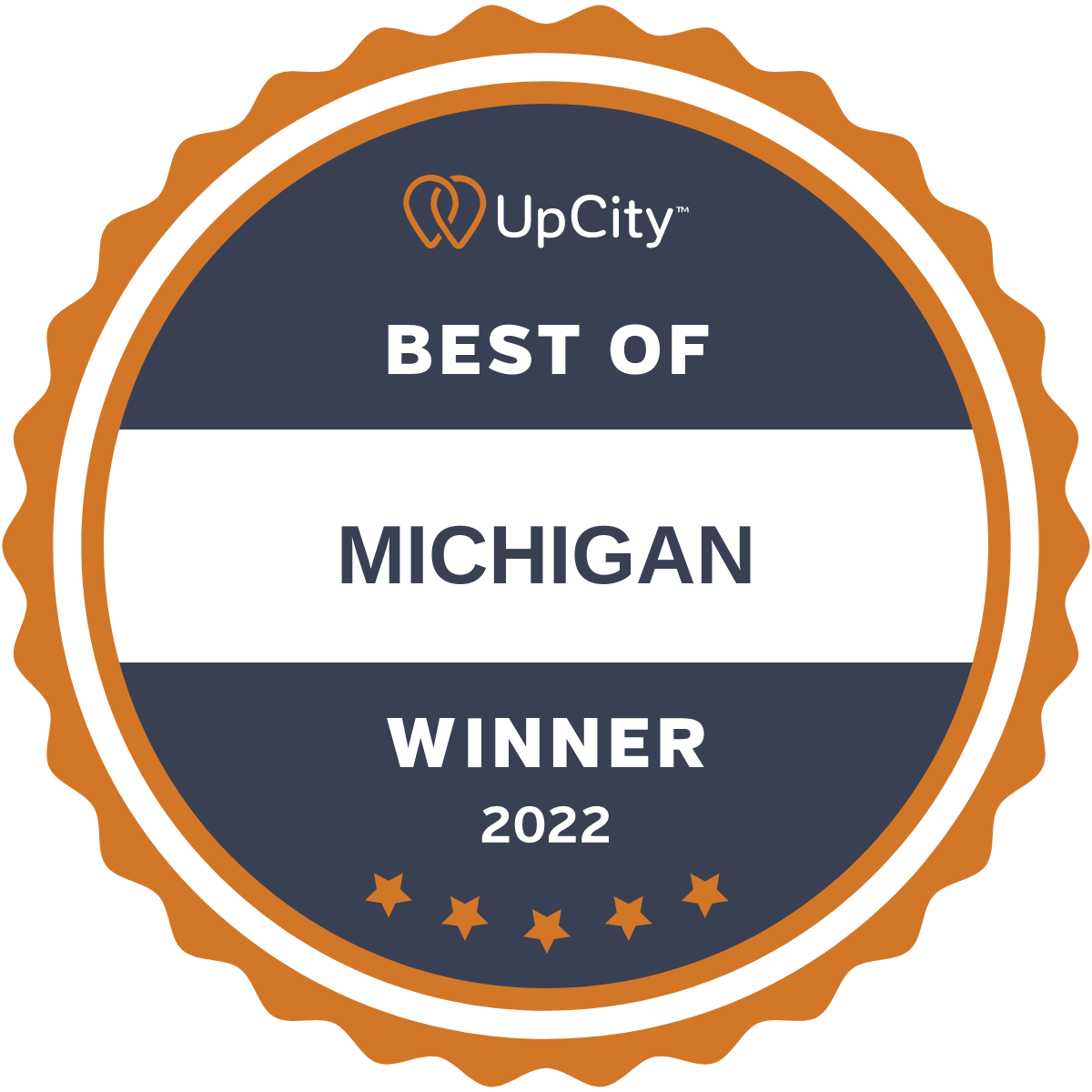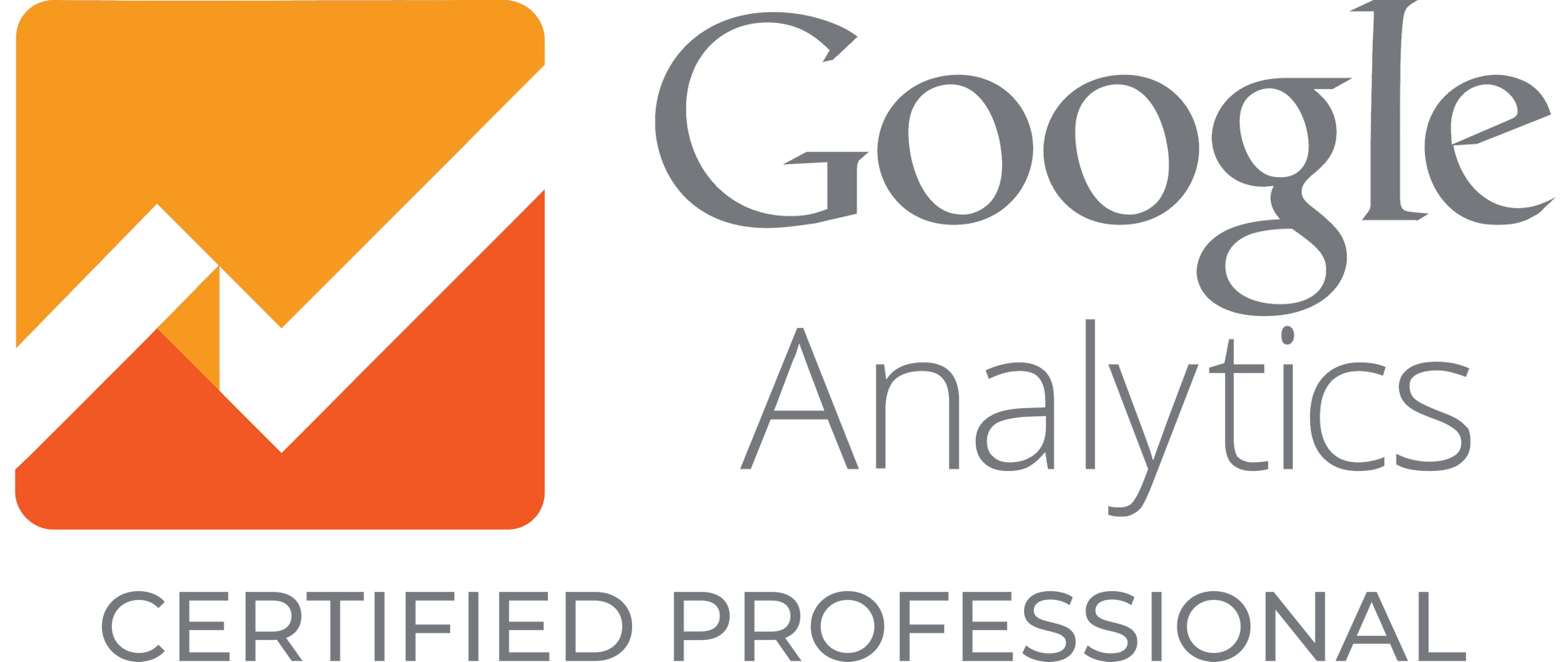How to Grow Your Business With a Well-Designed Website
As your business grows, your website will need to grow with it. This can be a daunting task, especially if you don’t have a lot of experience with web design and development. Speck Designs can help you get this done.
Here are a few things to keep in mind as you plan for your website’s growth:
Make sure your domain is registered in your name
This may seem like a no-brainer, but it’s important to make sure that your domain is registered in your name (or your business’s name). That way, you won’t have to worry about losing control of your website if you ever have a disagreement with your web designer or developer.
Use a content management system (CMS)
A CMS will make it easy for you to update your website yourself, without having to rely on a web designer or developer. This can save you a lot of time and money in the long run. And merging your CMS with your enterprise resource management (ERP) software can yield even more positive results (more on that in a moment).
Choose a responsive design
With more and more people accessing the internet from their mobile devices, it’s important to have a responsive design that looks good on all screen sizes. A responsive design will also make it easier for you to manage your website as it grows since you won’t have to create separate versions for different devices.
Plan for future content
As your website grows, you’ll likely want to add new pages and features. Before you launch your website, make sure you have a plan for how you’ll add this new content. This will save you a lot of time and frustration down the road.
Keep your website secure
As your website grows, it will become more attractive to hackers and cybercriminals. Protect your business from cyberattacks by keeping your website secure. Use a secure hosting provider and keep your software up to date. Better yet, create a recovery plan for all your business processes.
Why You Should Combine Your Customer Relationship Management Tool with Your Enterprise Resource Planning System
If you’re like most businesses, you probably use a CRM tool and an ERP system. But did you know that you can get even more out of these tools by combining them into one system?
Here are just a few of the benefits of using a CRM/ERP combo:
Streamlined data entry
When your CRM and ERP are integrated, your data will be automatically synced between the two systems. This means that you won’t have to enter the same data twice, saving you time and reducing the chances of errors.
Improved data accuracy
Since your data will only have to be entered once, you’re less likely to make mistakes. This will lead to more accurate data in both your CRM and ERP, which can be used to make better business decisions.
Greater visibility into your data
When your CRM and ERP are integrated, you’ll be able to see all of your data in one place. This can give you a better understanding of your business and help you identify areas that need improvement.
Increased efficiency
By eliminating the need to enter data into multiple systems, you’ll be able to work more efficiently and get more done in less time. Let's talk about task mining — the logs of your CRM and ERP tools can be analyzed to build a model of how those elements of your business function. Once modeled, a business process management solution can help automate and streamline your processes to help your business operate more efficiently.
Reduced costs
Integrating your CRM and ERP can save you money in a number of ways, including reduced data entry costs, improved data accuracy, and increased efficiency.
If you’re not already using a
CRM/ERP combo, now is the time to consider it. This powerful combination can take your business to the next level.
Thank you! You have successfully joined our SD Insights email list.









